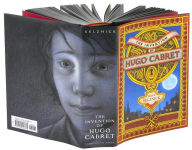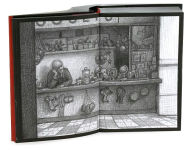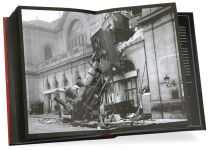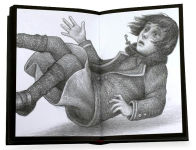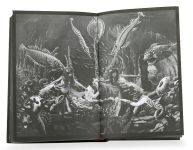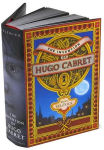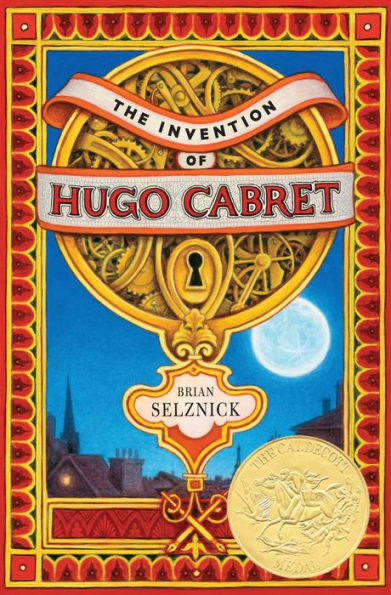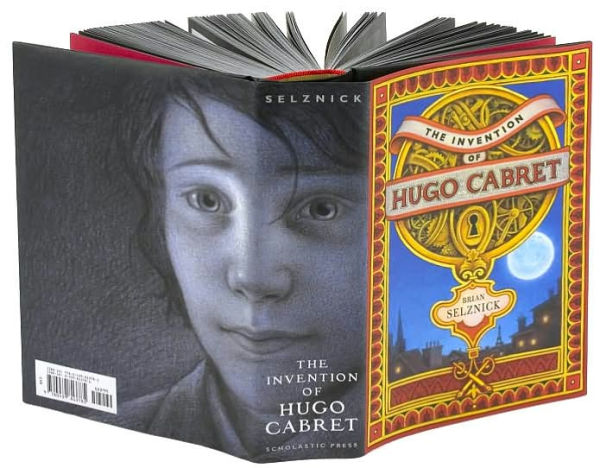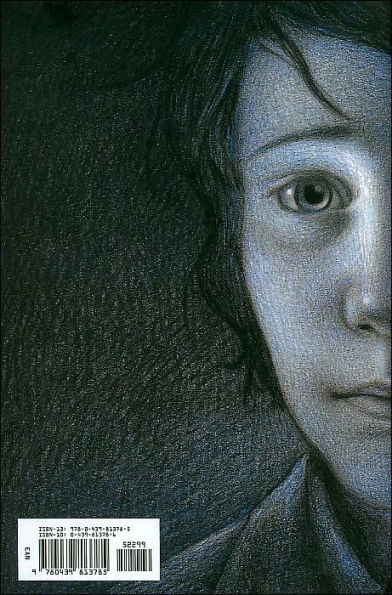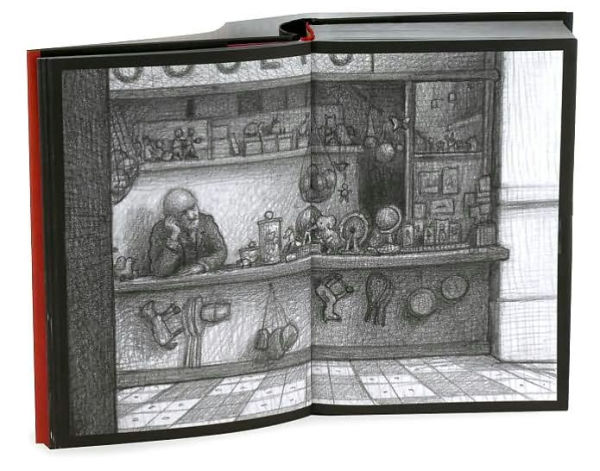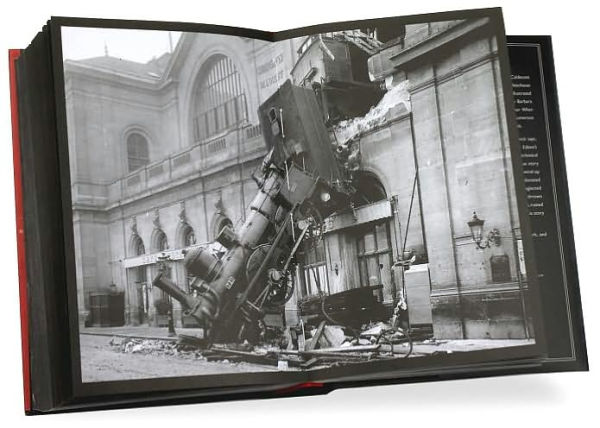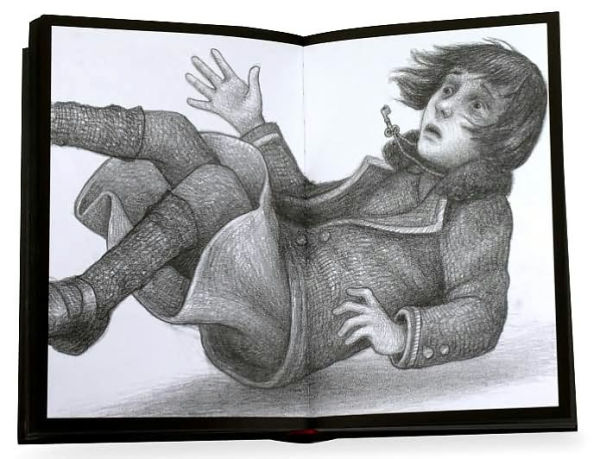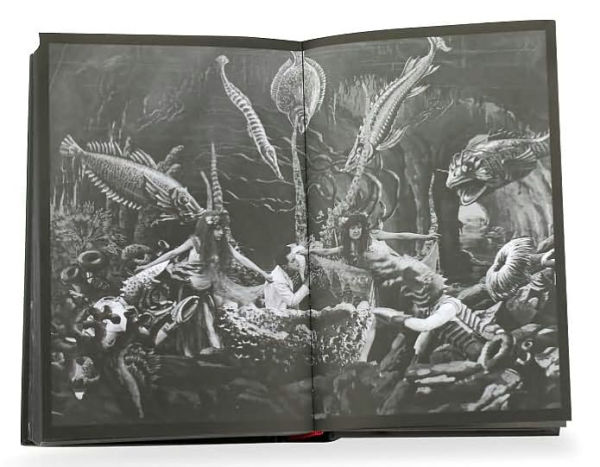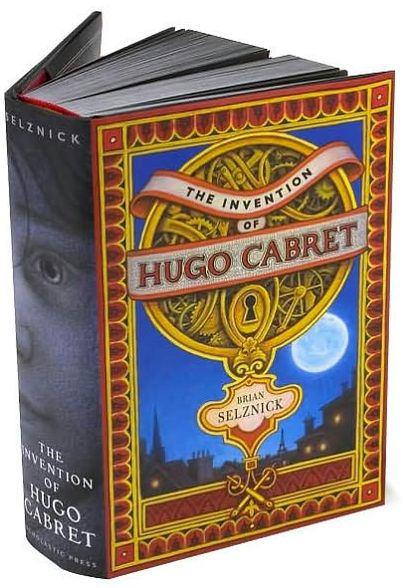Awards and Praise for The Invention of Hugo Cabret:
2008 Caldecott Medal winner
National Book Award Finalist
#1 New York Times Bestseller
New York Times Best Illustrated Book
Los Angeles Times Favorite Children's Book of the Year
TIME Magazine's 100 Best Children's and Young Adult Books of All Time
“Evokes wonder . . . like a silent film on paper.” — The New York Times
“A fast-paced treat.” — People Magazine
“Distinctive.”— The Wall Street Journal
“Cinematic.”— Parenting Magazine
“Captivating.”— Los Angeles Times Book Review
“If your kid loves the J.K. Rowling series, then [they are] bound to enjoyThe Invention of Hugo Cabret. . .”— Good Housekeeping
* “A true masterpiece.”— Publishers Weekly, starred review
* “Fade to black and cue the applause!”— Kirkus, starred review
* “Complete genius.”— Horn Book, starred review
* “Breathtaking . . . shatters conventions.”— School Library Journal, starred review
* “An original and creative integration of art and text.”— The Bulletin of the Center for Children's Books, starred review
“Visually stunning . . . raises the bar.” — San Antonio Express-News
Orphan Hugo Cabret lives in a wall. His secret home is etched out in the crevices of a busy Paris train station. Part-time clock keeper, part-time thief, he leads a life of quiet routine until he gets involved with an eccentric, bookish young girl and an angry old man who runs a toy booth in the station. The Invention of Hugo Cabret unfolds its cryptic, magical story in a format that blends elements of picture book, novel, graphic novel, and film. Caldecott Honor-winning author-illustrator Brian Selznick has fashioned an intricate puzzle story that binds the reader like a mesmerist's spell.
It is wonderful.
Take that overused word literally: Hugo Cabret evokes wonder. At more than 500 pages, its proportions seem Potteresque, yet it makes for quick reading because Selznick’s amazing drawings take up most of the book. While they may lack the virtuosity of Chris Van Allsburg’s work or David Wiesner’s, their slight roughness gives them urgency. The result is a captivating work of fiction that young readers with a taste for complex plots and a touch of magic — think Harry H., not Harry P. — can love.
— The New York Times
From Selznick's ever-generative mind comes a uniquely inventive story told in text, sequential art and period photographs and film. Orphaned Hugo survives secretly in a Parisian train station (circa 1930). Obsessed with reconstructing a broken automaton, Hugo is convinced that it will write a message from his father that will save his life. Caught stealing small mechanical repair parts from the station's toy shop, Hugo's life intersects with the elderly shop owner and his goddaughter, Isabelle. The children are drawn together in solving the linked mysteries of the automaton and the identity of the artist, illusionist and pioneer filmmaker, Georges Melies, long believed dead. Discovering that Isabelle's godfather is Melies, the two resurrect his films, his reputation and assure Hugo's future. Opening with cinematic immediacy, a series of drawings immerses readers in Hugo's mysterious world. Exquisitely chosen art sequences are sometimes stopped moments, sometimes moments of intense action and emotion. The book, an homage to early filmmakers as dreammakers, is elegantly designed to resemble the flickering experience of silent film melodramas. Fade to black and cue the applause! (notes, film credits) (Fiction. 9-12)


